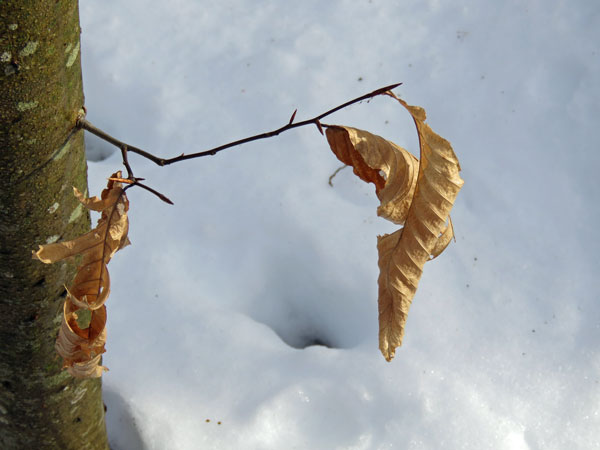
Groton, Connecticut
Near the end of December we found the graves of a couple of Revolutionary War soldiers on a walk in Stoddard Hill State Park. Debbie, one of my readers, mentioned that they don’t have graves that old where she lives in Illinois. So, although I much prefer nature walks, I decided we could change things up a bit and take a history walk. Because of Debbie’s comment I have a new appreciation for the historic Battle of Groton Heights that took place right here in my town. (Link is for history buffs.)

This is the historic site where, on September 6, 1781, British Forces, commanded by the infamous Benedict Arnold, captured the Fort and massacred 88 of the 165 defenders stationed there. The Ebenezer Avery House which sheltered the wounded after the battle has been restored on the grounds. A Revolutionary War museum also depicts the era. Fort Griswold was designated as a state park in 1953.
~ Fort Griswold Battlefield State Park website

There is some doubt about the details of this story. The shirt and vest Col. Ledyard was wearing when he was killed had tears in the side, suggesting a bayonet wound is what caused his death, not his own sword in the hands of a British officer.


Critical acumen is exerted in vain to uncover the past; the past cannot be presented; we cannot know what we are not. But one veil hangs over past, present, and future, and it is the province of the historian to find out, not what was, but what is. Where a battle has been fought, you will find nothing but the bones of men and beasts; where a battle is being fought, there are hearts beating.
~ Henry David Thoreau
(A Week on the Concord & Merrimack Rivers)




The 295-foot Barque Eagle is the flagship of the U.S. Coast Guard. She serves as a training vessel for cadets at the Coast Guard Academy and candidates from the Officer Candidate School. The Eagle is the only active-duty sailing vessel in America’s military, and one of only two commissioned sailing vessels, along with the USS Constitution.
~ US Coast Guard Academy website


From the tunnel we followed a trench down the hill. The trench hid the soldiers from enemy fire as they moved between the fort and the lower battery.





Off to the side on the lower battery is the restored Ebenezer Avery house. It was moved to this location from a nearby street in 1971.


In the old times, women did not get their lives written, though I don’t doubt many of them were much better worth writing than the men’s.
~ Harriet Beecher Stowe
(The Pearl of Orr’s Island: A Story of the Coast of Maine)

Sometimes I think that historical houses should be named after the wives and daughters who lived in them, to honor them, as they very likely spent more time working there than the men who were out and about in the world.
But on a plaque outside this house I found a picture of Anna Warner Bailey (1758-1851) and the note that she was one of the first women to tend to the wounded after the battle. When I got home I found this online: Our Petticoat Heroine by Carol Kimball
We’ll have to wait until the pandemic is over before we can tour the house. I discovered a bit of synchronicity, we happened to be visiting this place on the 170th anniversary of Anna Warner “Mother” Bailey’s death. And there is a house named for her close by, where she had lived.

The Groton Monument was built between 1826 and 1830, and is the oldest monument of its type in the country. Built of granite quarried locally, the Monument stands 135 feet tall with 166 steps.
~ Fort Griswold Battlefield website
We will also have to wait until the pandemic is over before we can tour the monument and small museum.
When I was preparing this post I noticed I already had a category for Fort Griswold Battlefield State Park. With another nod to synchronicity, it turns out Tim & I visited the fort nine years ago, almost to the day! The trench looks a little different nine years later. We had climbed up on the fort wall, which is no longer allowed. They have installed a viewing platform on the wall sometime in the past nine years. My, how things keep changing… The views of the river and city below are amazing. My old post: Fort Griswold Battlefield











































































